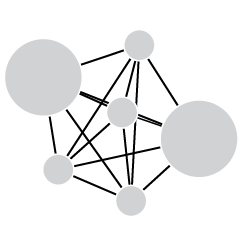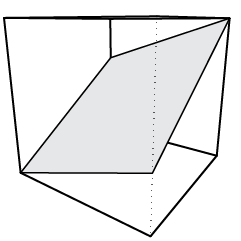One of the best ways to feel old is to look to your past and realize how long ago it was. Wait Buy Why demonstrates with a bunch of timeline splits. For example: “Remember when Jurassic Park, The Lion King, and Forrest Gump came out in theaters? Closer to the moon landing than today.
I feel like there was an xkcd comic about this, but the closest I could find in my notes was a tweet from Neil deGrasse Tyson: “Just an FYI: The year 1980 is as far in today’s past as 1947 was to 1980.”
Update: From xkcd, there was one on Movie Ages and another on Timeghost. (Thanks, @ilarischeinin and @CultureOverTime.)
Yay. We’re all old. Eventually.






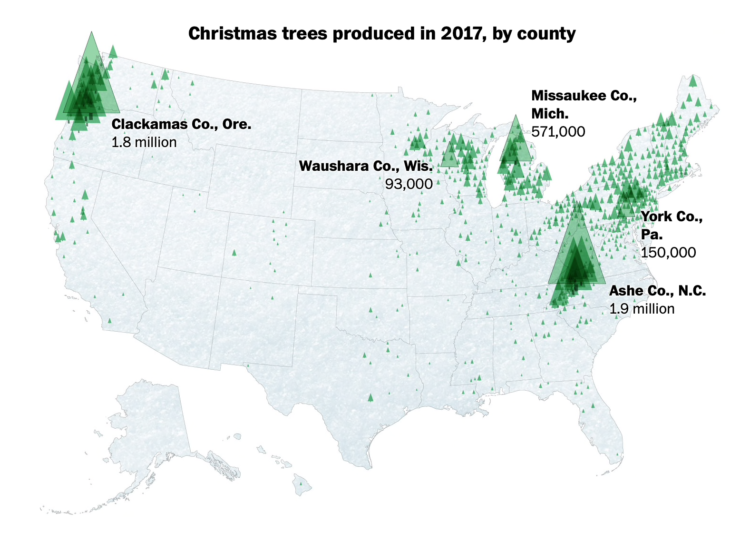
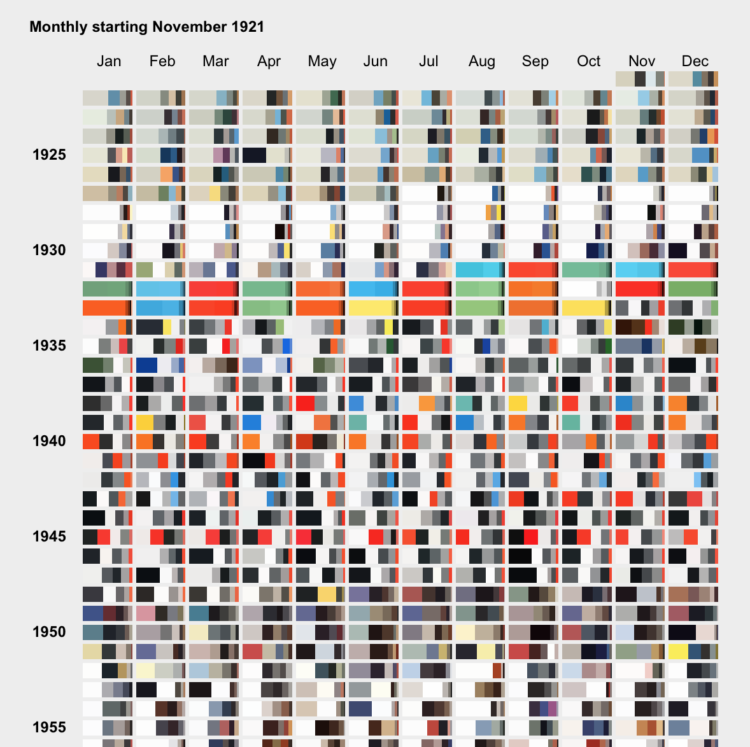


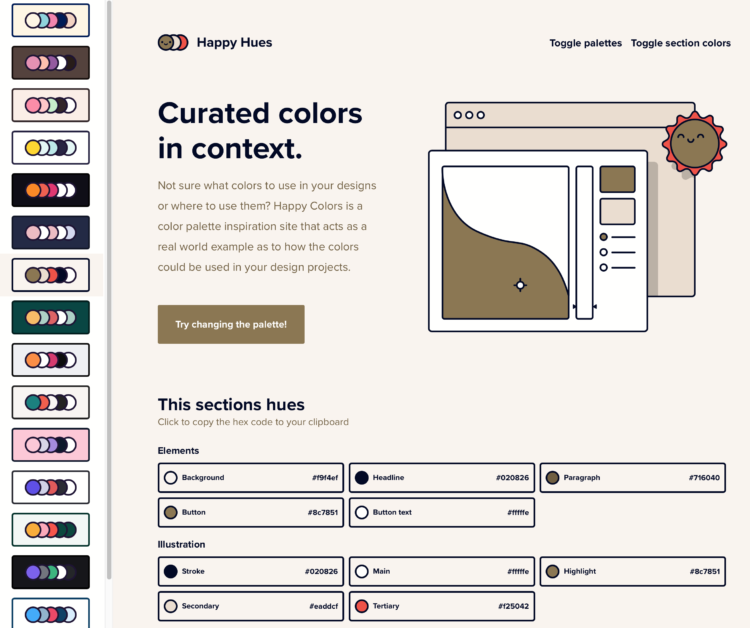
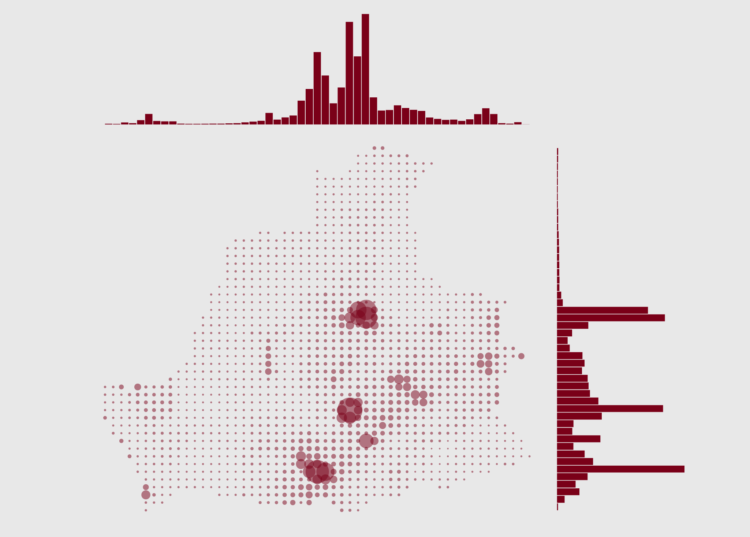
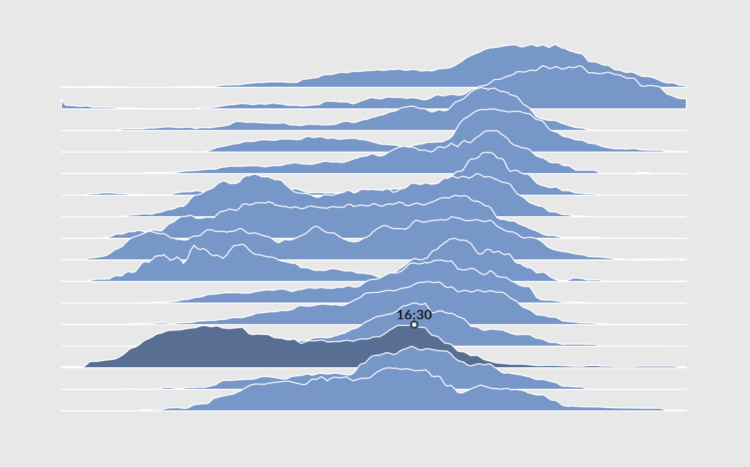
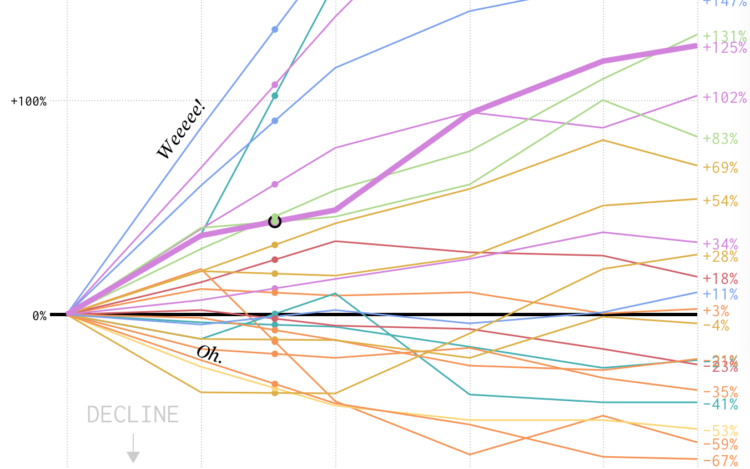
 Visualize This: The FlowingData Guide to Design, Visualization, and Statistics (2nd Edition)
Visualize This: The FlowingData Guide to Design, Visualization, and Statistics (2nd Edition)


